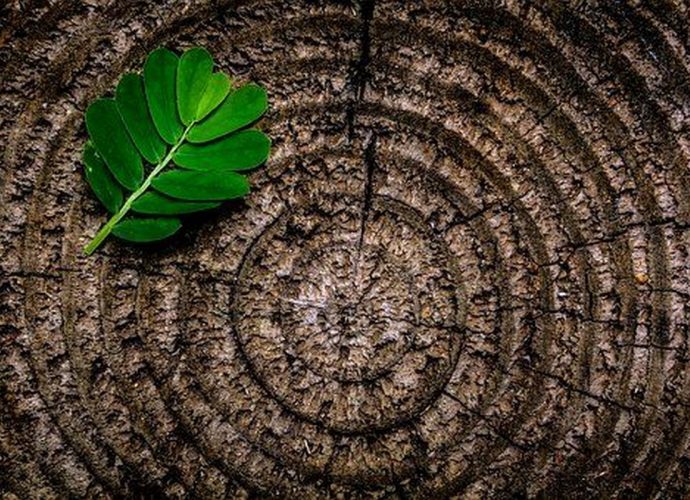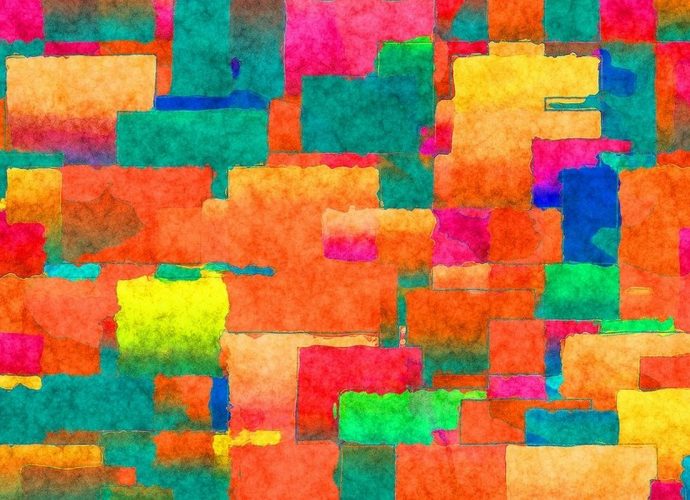What Volcano Is Located In The Circum Pacific Belt?
The world’s greatest earthquake belt, the circum-Pacific seismic belt, is found along the rim of the Pacific Ocean, where about 81 percent of our planet’s largest earthquakes occur. It has earned the nickname “Ring of Fire”. What countries lie in the circum Pacific? Figure 2: Map showing the Ring ofRead More →







